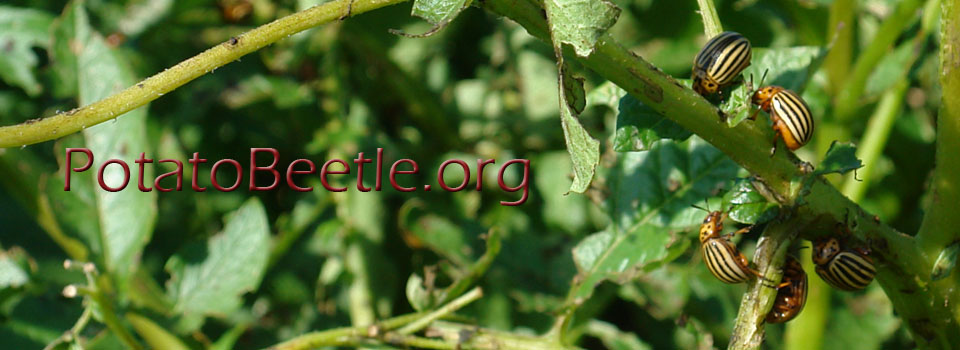Crossley MS, Rondon SI, Schoville SD. Evolutionary Applications. 2019;12(4):804-814. doi: 10.1111/eva.12757.
Changing landscape heterogeneity can influence connectivity and alter genetic variation in local populations, but there can be a lag between ecological change and evolutionary responses. Temporal lag effects might be acute in agroecosystems, where land cover has changed substantially in the last two centuries. Here, we evaluate how patterns of an insect pest's genetic differentiation are related to past and present agricultural land cover change over a 150-year period. We quantified change in the amount of potato, Solanum tuberosum L., land cover since 1850 using county-level agricultural census reports, obtained allele frequency data from 7,408 single-nucleotide polymorphism loci, and compared effects of historic and contemporary landscape connectivity on genetic differentiation of Colorado potato beetle, Leptinotarsa decemlineata Say, in two agricultural landscapes in the United States. We found that potato land cover peaked in Wisconsin in the early 1900s, followed by rapid decline and spatial concentration, whereas it increased in amount and extent in the Columbia Basin of Oregon and Washington beginning in the 1960s. In both landscapes, we found small effect sizes of landscape resistance on genetic differentiation, but a 20× to 1,000× larger effect of contemporary relative to historic landscape resistances. Demographic analyses suggest population size trajectories were largely consistent among regions and therefore are not likely to have differentially impacted the observed patterns of population structure in each region. Weak landscape genetic associations might instead be related to the coarse resolution of our historical land cover data. Despite rapid changes in agricultural landscapes over the last two centuries, genetic differentiation among L. decemlineata populations appears to reflect ongoing landscape change. The historical landscape genetic framework employed in this study is broadly applicable to other agricultural pests and might reveal general responses of pests to agricultural land-use change.
